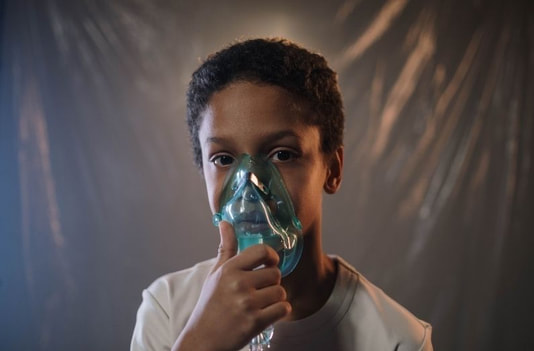|
COVID-19 has impacted everyone. The United States has seen, thus far, more than 27.8 million cases and more than 488,000 deaths. Data shows, however, that some groups of people have been impacted more - are at a greater risk - than others. This is true specifically for people of color in the United States. Black Americans, for example, are 1.1 times more likely than non-Hispanic white persons to contract COVID-19, 2.9 times more likely to require hospitalization and 1.9 times more likely to die from COVID-19.
There are several underlying factors for the increased risk including, according to the CDC, healthcare access and utilization, occupation, housing, and education, income and wealth gaps. However, it is telling that at the top of the CDC’s list is discrimination - a factor that greatly impacts every system in America that is supposed to help protect its citizens. The systemic failures have led, for instance, to diminished access to healthcare services. They have led to the other factors on the list. On an individual level, “Discrimination, which includes racism, can lead to chronic and toxic stress.” Toxic stress is well-known to affect a person’s health long-term, particularly when that stress is felt through childhood and into adulthood, as it is for people of color in the United States. The disparities in how COVID-19 has affected racial and ethnic minority groups in the U.S. does not have to do with the virus itself but rather with the structure and reality of a country that has work to do.
0 Comments
Leave a Reply. |
Categories
All
Archives
July 2024
|
|
1097 Street Road
New Hope, PA 18938 |


 RSS Feed
RSS Feed
